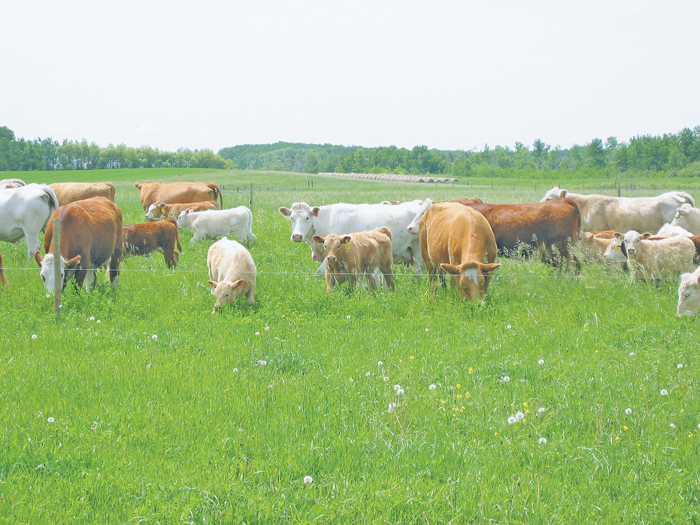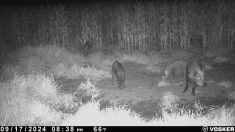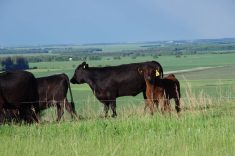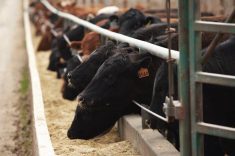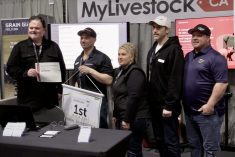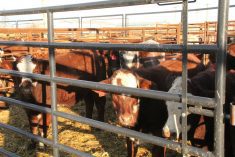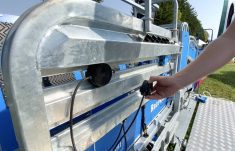The co-ordinator of the new Western Livestock Price Insurance Program says some producers are having trouble understanding the ins and outs of the program.
Jason Dobbin, livestock price insurance co-ordinator from the Manitoba Agricultural Services Corporation, attempted to clear up some of the confusion in a StockTalk webinar Oct. 21.
The bottom line is, producers have nothing to lose by applying.
“It costs nothing to apply,” he said in a telephone interview. “There’s no cost to get an application in and get set up. There’s no cost until you go and buy your policy.”
Read Also

Pig transport stress costs pork sector
Popular livestock trailer designs also increase pig stress during transportation, hitting at meat quality, animal welfare and farm profit, Agriculture and Agri-Food Canada researcher says
Most people don’t know this, he said. Dobbin recommends interested producers apply now so that if a desirable premium or coverage option opens up, they can purchase it immediately. Processing applications can take up to a couple of days and prices change daily.
So far over 600 producers have signed up and every day there are several more signing contracts.
Open to all
Anyone can apply so long as they are at least 18 years old, have an email address, and a credit card. Although they don’t have to own cattle before applying, they must have owned any insured cattle for 60 continuous days before selling.
“You could buy (insurance for) one calf or one feeder if you wanted to just try out how the program works,” he said during the StockTalk webinar.
Participating farmers can choose whether they want price protection for calves, feeders or finished cattle; they purchase policy for the weight they choose and choose their length of coverage.
Once they enter that information and choose a settling time, producers are guaranteed to make at least the projected price they’ve insured.
Dobbin said some producers don’t realize that if prices go higher than the insured price, producers can sell for the market price. Being “locked in” doesn’t prohibit them from making more than what was projected.
However, if the market price is below the projected price, WLPIP pays the difference.
Should a producer decide not to sell and instead finish that animal on the farm, they can choose to extend their coverage by purchasing a finishing policy or allow it to expire.
One of the biggest problems he’s run into, since the program’s inception, he said, is skepticism.
“There’s no commitment to sell,” he said.
Biggest misconception
“People think this thing is going to go broke because all the producer premiums go into a fund,” he said. They’re concerned that, since the program is producer funded, it is vulnerable to being overwhelmed.
Dobbin said the producers are not on the hook if the program goes into a deficit. Thresholds, limiting the amount of liability, mitigate the risk over a long period of time.
“If this program ever went into deficit (the federal government) would backstop the program and will make sure the program survives.”
Producers can listen in to Dobbin’s StockTalk presentation on the Manitoba Agriculture, Food and Rural Development website.






